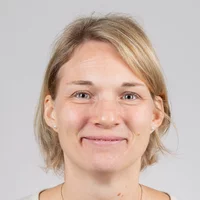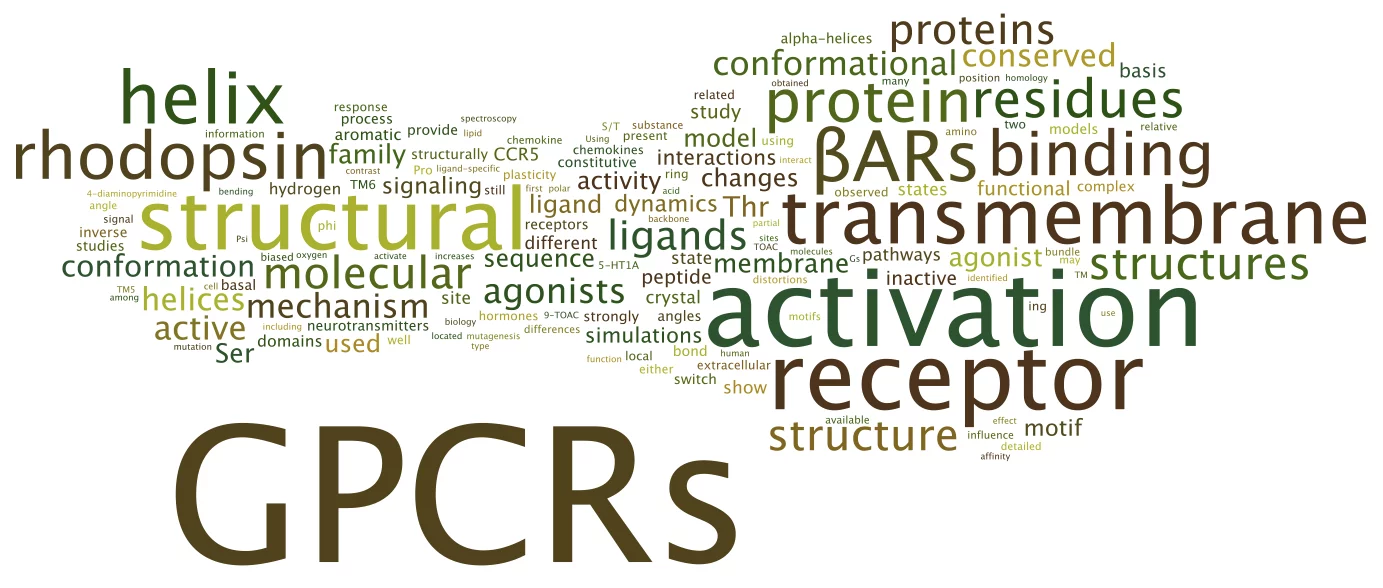G protein-coupled receptors (GPCRs) are a family of seven transmembrane helix proteins found in almost all eukaryotic organisms, with approximately 800 genes in the human genome. These membrane proteins are essential in cell physiology, as they can be activated by an extraordinary diversity of extracellular signals, such as photons, odorants, protonated amines, peptides or glycoprotein hormones. Activated receptors can then trigger cellular signaling cascades through interaction with intracellular heterotrimeric G proteins and arrestins. As malfunction of GPCRs is commonly translated into pathological outcomes, these proteins constitute one of the most attractive pharmaceutical targets, constituting the target of around 30% of currently marketed drugs.
Despite their physiological and therapeutical importance, our understanding of the ligand-induced molecular mechanisms of GPCR activation is hampered by the relative scarcity of structural data. In the last decade, advances in protein engineering, crystallization methods and X-ray crystallography techniques have allowed the determination of more than 150 crystal structures of 40 different GPCRs in complex with ligands of varied pharmacology, peptides and with other proteins.
In my research I aim to understand how extracellular ligands trigger the process of signal transduction in GPCRs. Using a combination of structural bioinformatics, molecular dynamics and data-mining of structure and sequence databases, I extract as much information as possible from experimentally determined protein structures. This knowledge is used to design new experiments and to build experimentally testable models of GPCR function that will lead to a better understanding of ligand selectivity and efficacy.
I am particularly interested in determine the molecular principles of ligand selectivity (i.e. how specific ligands recognize certain receptors), efficacy (i.e. how ligands activate GPCRs) and biased signaling (i.e. how specific ligands preferentially trigger certain signaling pathways).



